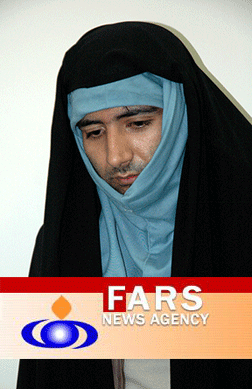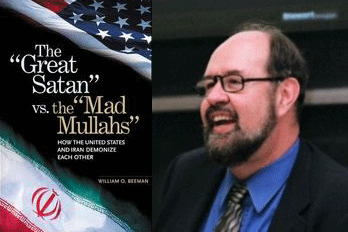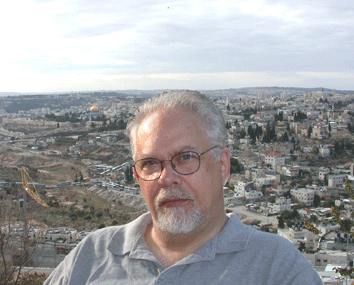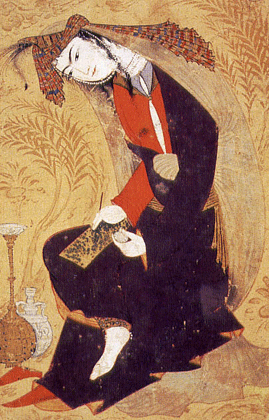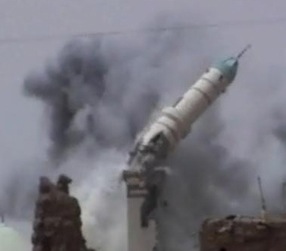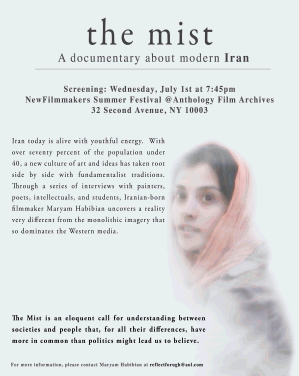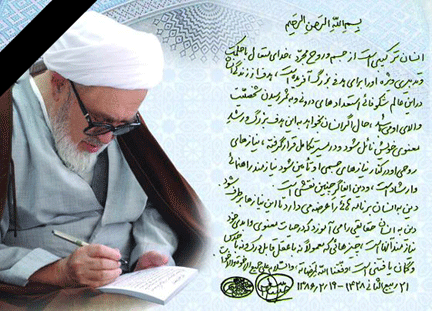
Image of the Ayatollah from his Persian website
One of the most vocal opponents of the hardliners in the Islamic Revolution and of the recent election fixing by President Ahmadinejad was the Grand Ayatollah Hossein Ali Montazeri, who has died at the age of 87. Reports of the funeral in Qum are based on eyewitnesses, since the government of Iran has forbidden journalists to cover the burial. The New York Times has a lengthy article by Robert Wirth with the following general information:
Ayatollah Montazeri was widely regarded as the most knowledgeable religious scholar in Iran, and that gave his criticisms special potency, analysts say. His religious credentials also prevented the authorities from silencing or jailing him. Last month, he stunned many in Iran and abroad by apologizing for his role in the 1979 takeover of the American Embassy in Tehran, which he called a mistake. Iran’s leaders celebrate the takeover every year as a foundational event of the Islamic revolution. Continue reading Grand Ayatollah Hossein Ali Montazeri Dies
